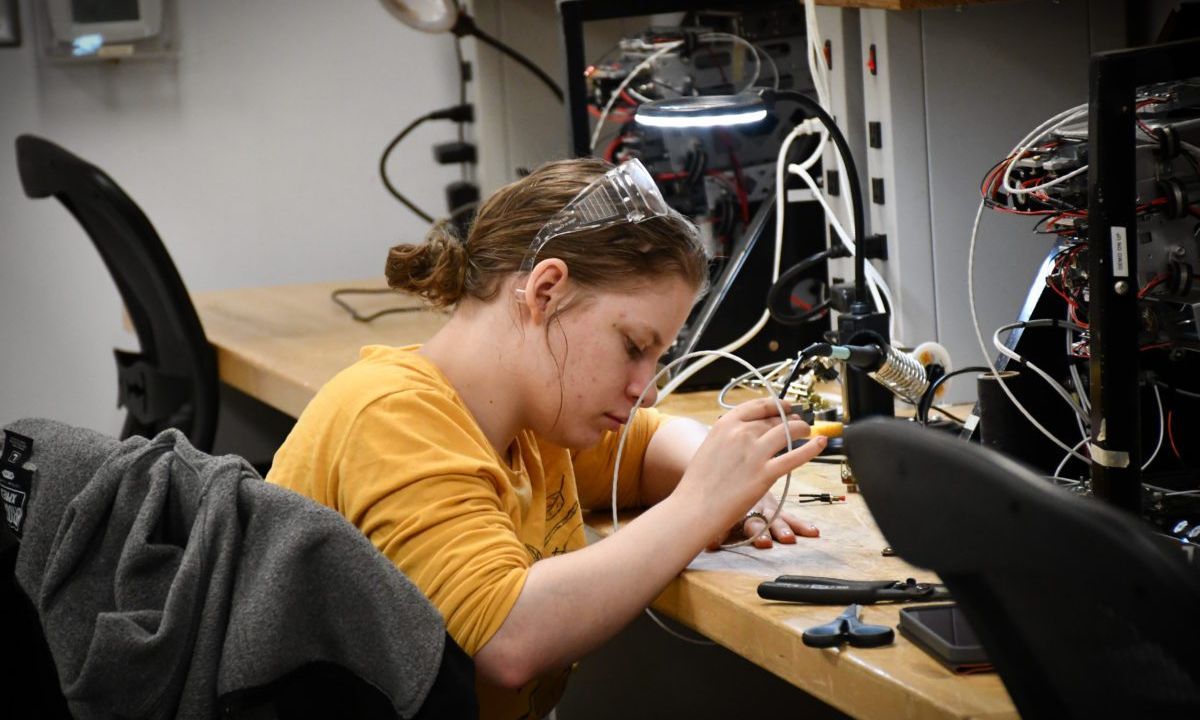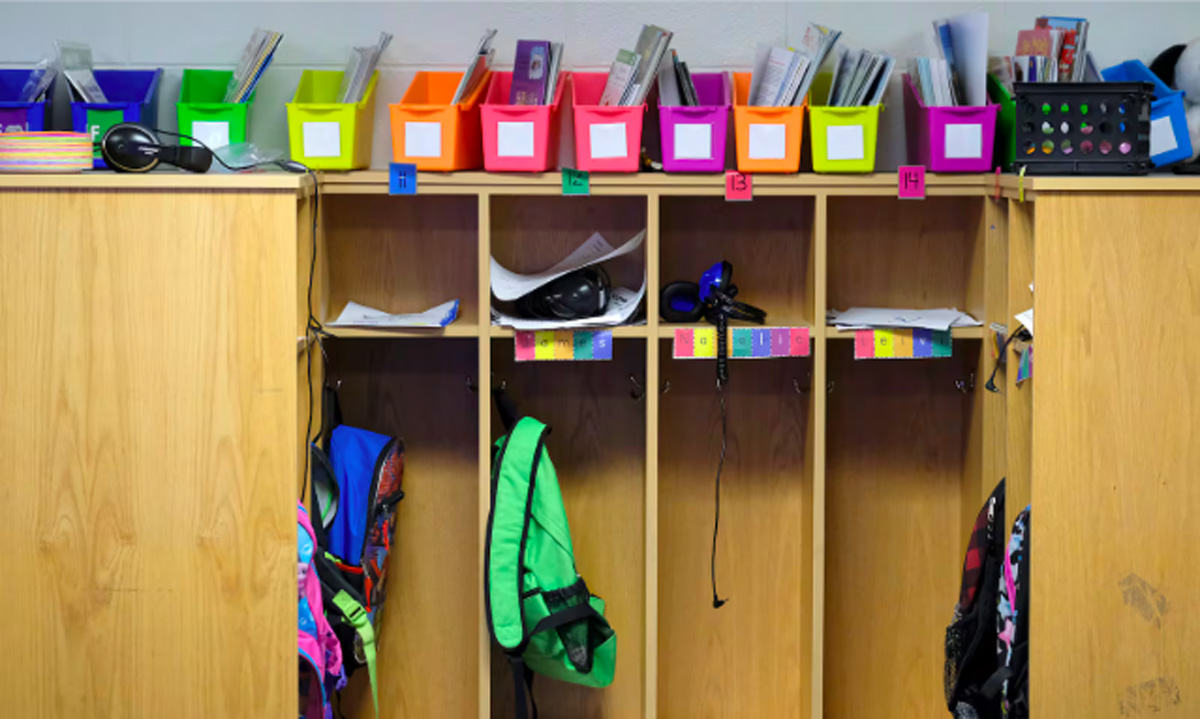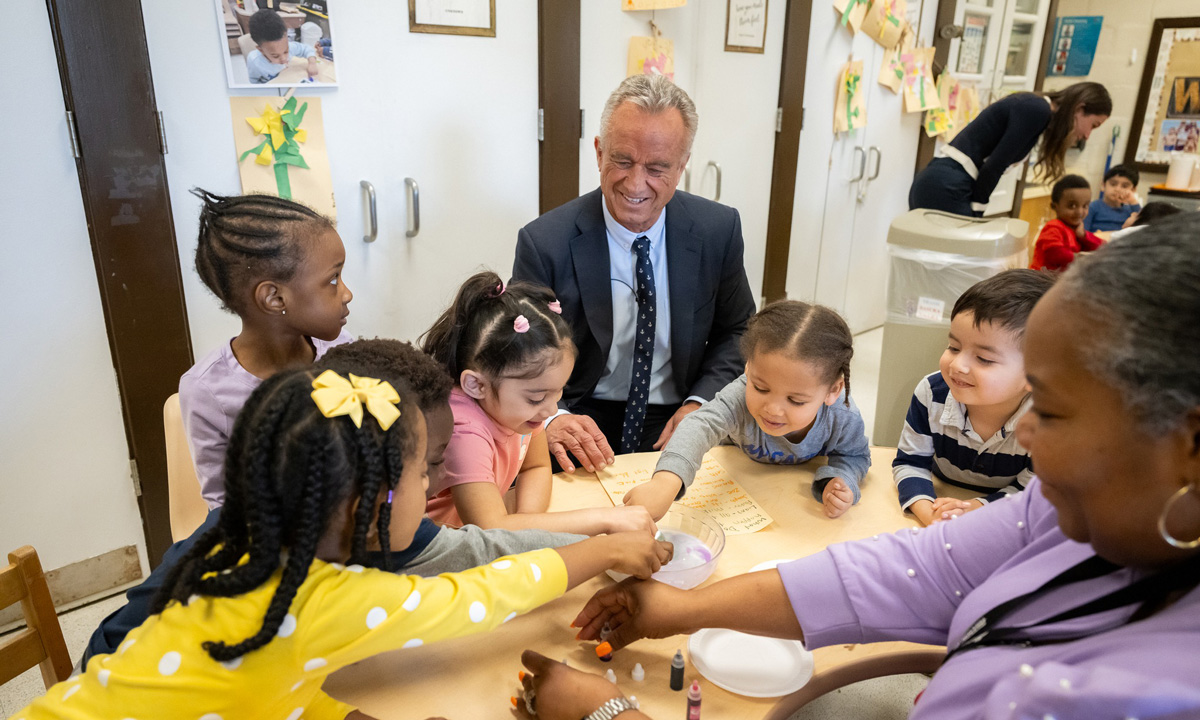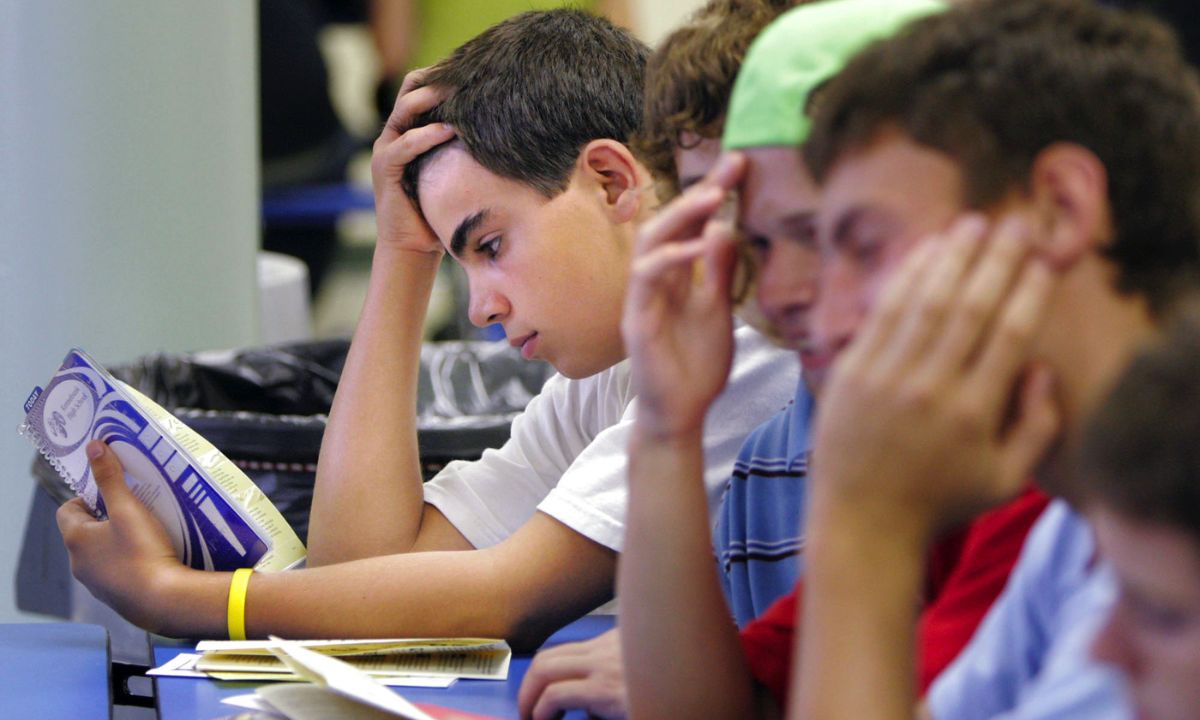Now that summer break has arrived and graduation season is over, campuses are more tranquil. The district has witnessed a significant increase in dual college enrollment in recent years, and many of the teachers and staff at Guilford County Schools are eager to unwind and celebrate their combined accomplishments.
Data from Guilford County shows that the number of students in dual enrollment classes rose by 25% during the 2021–2022 and 2023–2024 school years. Students that are enrolled in college courses while still in high school through the North Carolina Career and College Promise (CCP) program are referred to as dual enrollment. High school students can receive credit toward a postsecondary degree, career certification, or diploma by enrolling in college-level courses through CCP for free.
Families can save money and assist with future college tuition costs by obtaining college credits for free through CCP. Dr. Whitney Oakley, the superintendent of Guilford County Schools, estimates that the credits acquired by kids through dual enrollment saved families over $2 million dollars during the 2023–24 school year.
Many students can start college with up to a year’s worth of courses earned for free thanks to those college credits. In addition to their high school diploma, other students can use those credits to acquire an associate degree, which is also free.
According to Oakley, if they were truly paying tuition after graduation, it would be $292.46 per credit hour at UNC-Chapel Hill and $76 per credit hour at GTCC. The total amount of resources that children have enjoyed this year comes to $2,285,472, which families in GCS claim they would have to pay for if they were not enrolled in K–12.
Cost savings and more
Discussions about the cost of postsecondary education are not new. For decades, people have argued over the relative merits of higher education and the cost of college. Nevertheless, there are always fresh aspects to bring up in the discussion. One relevant aspect is the U.S. Department of Education’s May 2025 assumption of collections for defaulted student loans, the first time the department has done so since the COVID-19 epidemic halted loan repayments in March 2020.
Dual enrollment initiatives that give high school students the chance to earn college credit for free, such as early colleges and North Carolina’s CCP program, can help lower the overall cost of college. Both the workforce and students benefit from this since it enables students to obtain those credits at no cost and exposes them to several job paths through their coursework, which should help them choose their ideal vocation sooner.
“If we can get it right and aligned with workforce development needs, it solves a much larger problem,” Oakley said. We, as K–12 educators, are addressing the state’s talent pipeline problem if more kids are graduating with associate degrees or other industry credentials and entering these high-paying, in-demand professions.
Guilford Technical Community College (GTCC) and district administration have collaborated extensively to intentionally market the CCP program to schools, families, and students.
According to Wish Bailey, associate director of admissions and K-12 partnerships at GTCC, participation in CCP or dual enrollment has been increasing substantially over the past two years. And I believe that a big part of that is due to students’ desire to get as many credits as they can since it will seem good when they transfer, as well as their attempt to determine their career goals after high school.
Additionally, district and college officials want to ensure that students are aware that these CCP courses are equivalent to other college-prep courses, such as those offered by the International Baccalaureate (IB) program and Advanced Placement (AP) programs.
Both the rigor and the weighting are identical. UNC Chapel Hill has accepted it. NC State has accepted it. Dr. Anthony Clarke, president of GTCC, stated that App State had accepted it. Parents can save a lot of money, and students can get college credit. I believe that parents and students realizing that it saves them money is a part of our progress.
Maintaining growth
According to authorities, GCS and GTCC’s CCP program’s rise is not a coincidence. Both the college and the school system have been working hard to market to the larger community and strengthen their collaboration.
According to Ann Proudfit, GTCC’s vice president for student services, “We’ve been working really hard on the partnerships with Guilford County Schools, making sure that the counselors, as well as the parents and students, really understand what’s being offered and making it really easy for them to enroll.”
In addition to hosting multiple informational sessions regarding the CCP program, Bailey, who assists in spearheading the establishment of K-12 partnerships for GTCC, has made a conscious effort to connect with various community stakeholders, including teachers, parents, counselors, students, and more.
Additionally, I believe that the department’s outreach, which includes visiting high schools and speaking with counselors and families more about the program and its advantages, is essentially just informing students that they have this option, Bailey said.
She thinks that more students are now aware of the CCP program as a result of the connections she makes and targeted outreach. Enrollment in the CCP program has increased and will continue to increase due to this awareness of possibilities.
Because everyone is aware of the options that are relatively close by, enrollment will increase as more people become aware of the program, according to Bailey. That, in my opinion, is a major factor.









